Summer’s here, the shark nets and drum lines are in place and we’re already seeing the tragic results to marine life.
Two (dead) white sharks have been found tangled in the nets off Bondi Beach (not to mention the number of rays, turtles and other innocent creatures that have probably perished) and so the conversation begins about finding a better alternative.
Lately, I’ve read quite a few comments on Facebook, related to posts about shark sightings that mention the concept of a “rogue shark”.
It seems incredible to me that people are still basing their knowledge of sharks on what they learned from a 1970s Hollywood movie, so I thought we should bust this myth well and truly.
We asked Dr. Alicia Lloyd, a marine scientist at Manly Sea Life Sanctuary to tell us the truth about “Rogue Sharks”. Here’s what she had to say.
The myth of the “rogue shark” was based on the idea that once a shark had “attacked” a human it would then acquire a taste for human blood.
There are two problems with this statement.
- Firstly, would a shark actually “attack” a human, rather than take an inquisitive bite?
- And secondly, would a shark continue to target humans as a result of this interaction?
The theory was originally proposed in 1916 due to an unusually high number of fatalities that occurred in New Jersey. Scientists from American Museum of Natural History (Frederic Lucas and John Nichols) were the first to attribute this cluster of shark bite incidents to one individual shark but the “rogue shark” theory has since been heavily debated.
Here is a summary of the New Jersey events:
- 5 shark bites (4 fatalities and 1 survivor) occurred within twelve days in July 1916;
- 2 shark bites occurred in oceanic waters, 3 bites occurred in brackish waters;
- The shark bites occurred sequentially in a northerly direction along the shore, which is why people believed it to be the same shark;
- Biologist Richard Ellis proposed that 3 of the shark bites were more likely to be a Bull Shark, which are known to enter brackish and freshwater rivers;
- Although the salinity may have increased due to tidal flushing, the bites of the survivor more closely matched that of a Bull Shark than a Great White Shark;
- A 2.3m juvenile Great White Shark was caught with ingested human remains in the gut. Based on these facts it would appear that there were two species of sharks involved in the incidents;
- A blue shark and sandbar shark were also caught as the “suspected” shark. In fact hundreds of sharks were caught on the East Coast that year as a result of the shark bites.
“To try to make the facts as we know them conform to the ‘rogue shark’ theory is stretching sensationalism and credibility beyond reasonable limits.” Biologist Richard Ellis
It was in fact these shark bite incidents that inspired the novel Jaws, which was later made into a horrific movie, tapping into our primal human instinct of fear.
But we all know Jaws isn’t real – right? It’s just a movie – right?
Well even though we know it isn’t real, sharks ARE real and we will inadvertently visualize scenes from that movie when we think about sharks. The only way to shake that fear is to get to know sharks… lose your fear of the unknown (or “known” only through a 1970s Hollywood movie).
It was actually an Australian scientist, Dr Victor Coppleson that first used the term “Rogue Shark”. He also converted the language of shark bite incidents or shark accidents to “Shark Attack”, which implies the incidents are more intentional than they are random.
But shark bite incidents ARE random if you consider the number of shark encounters that do not result in an incident occurring.
In fact, the number of shark bite incidents is so low that scientists can’t find a statistically valid reason for why they occur.
There are a number of ways that you can avoid them if you really are worried though. Check out the list put together by the Dept. of Fisheries here:
Recently, the Western Australian Premier, Colin Barnett, stated that a “Rogue Shark” that stays in one area should be destroyed and removed.
This is despite the WA SharkSmart website clearly stating that the “Rogue Shark” theory is unsubstantiated and acknowledging that the term is still around due to movies like Jaws.

So why did the Premier use this outdated terminology? Was it to invoke fear and justify the cull maybe?
Thankfully, despite Colin Barnett’s ignorance, the WA shark cull proposal was not approved and the language in the media relating to recent shark bite incidents is starting to change.
Lets take a closer look at what we know about the biology of the Great White Shark to help us understand why the “Rogue Shark” theory really is a 100-year-old myth.
Firstly, we have learned more about the transitory nature of Great White Sharks and we have observed them following the migratory patterns of whales and seals for food.
They do not establish territories.
According to Martin Garwood, senior aquarist at Sea Life Sydney Aquarium;
“We know that sharks never stay at one food source. They just follow food wherever it goes.”
We also know more about nursery grounds for Great White Sharks and this can explain why more shark-human encounters occur and potentially why shark bites occur in those areas.
We understand more about how sharks approach their prey (eg seals) vs how they approach non-target species (eg humans). When Great White Sharks actually attack their prey, they swim to the surface at high speed and use force to devour their food.
Generally, when sharks approach humans they take an inquisitive bite and spit us out. Just think about how human babies first discover the world around them when they haven’t fully developed all their senses. They put everything in their mouth. Well, sharks are just like babies, taking curious bites out of random objects in order to learn more about them.
This explains why there are many more shark bite incidents than there are fatalities.
If sharks had a taste for human blood, they wouldn’t spit us out and a lot more fatalities would occur.
So there you have it: myth busted!
Basically, the number of people entering the water will influence the number of shark bite incidents in a region.
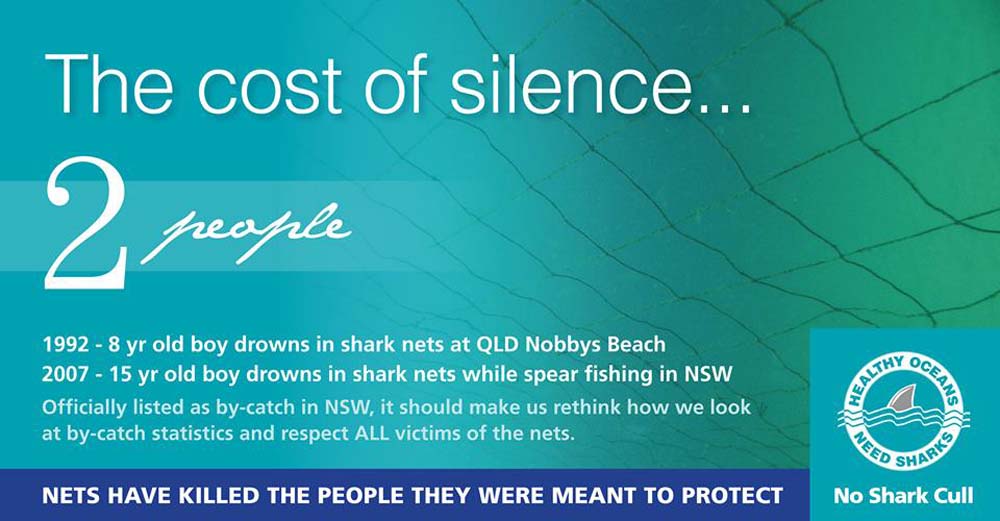
Sydney University lecturer Christopher Neff had this to say about the recent sightings in Bondi:
“Like any beach, Bondi has a steady stream of sharks and if they’re netted, some will inevitably get caught. The only thing that has changed is that the public is paying closer attention for several reasons. The first is the heat – it’s not usually 45°C in November – so with more people going to the beach there are more shark stories.
“The second is the two shark fatalities in the state [of New South Wales] this year and the third is the abnormal number of sharks being caught in nets. All those create greater consciousness about sharks, but that doesn’t mean there are more sharks at our beaches.”
If you’re really afraid of a shark bite incident occurring to you, first check out those tips above and you’re still not confident, swim in a pool!
Great Whites have rights too. They have the right to exist on this planet and we don’t have the right to kill them to extinction because of our ignorance.

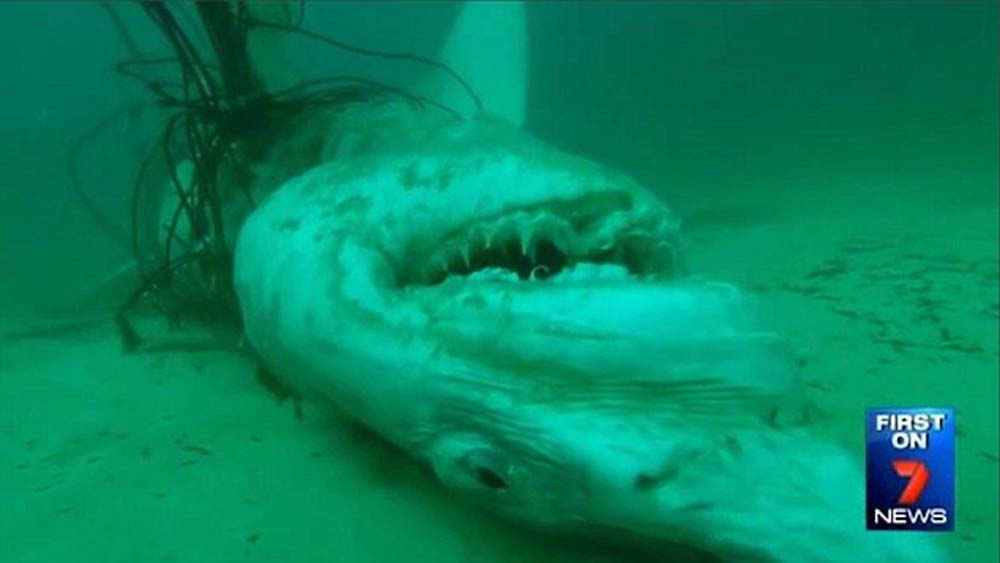
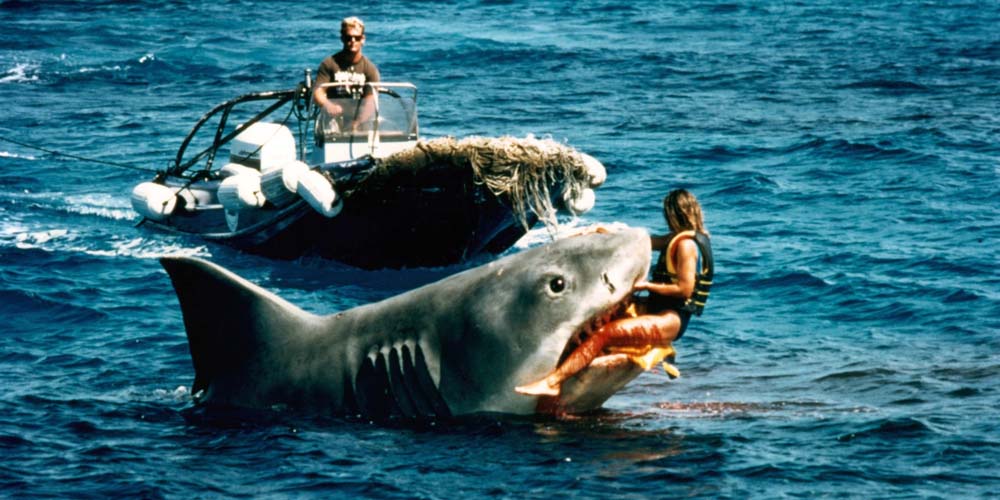
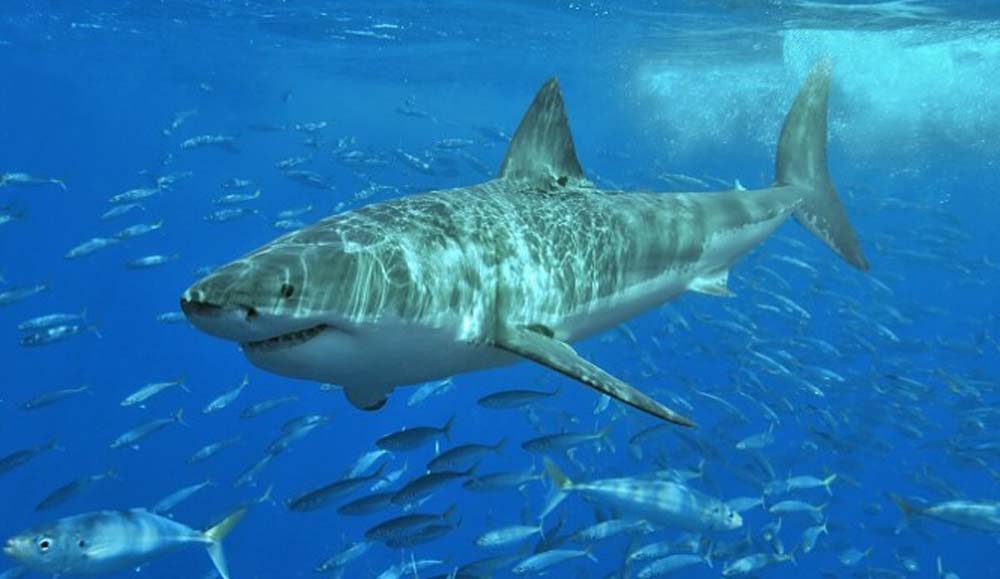
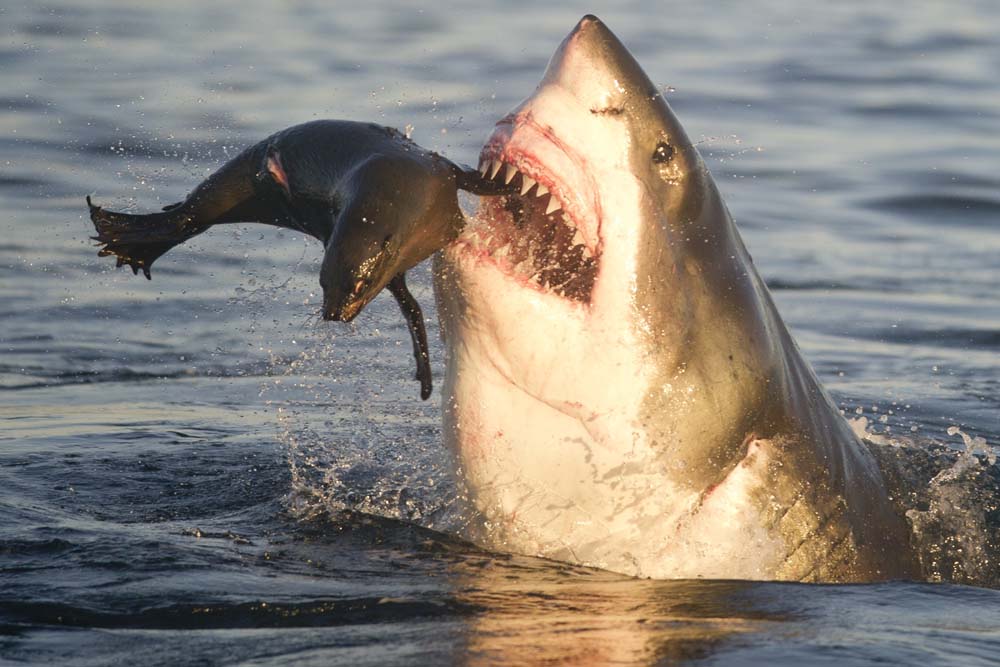
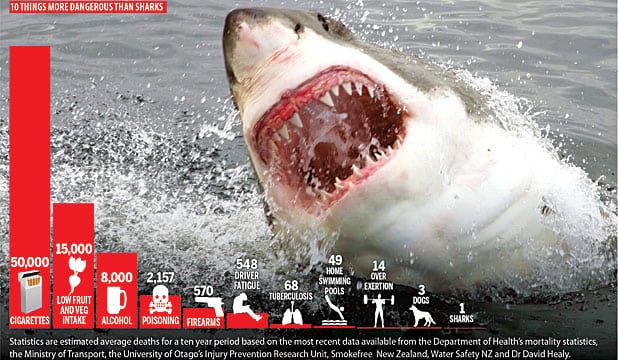



One thought on “Debunking the myth of the ‘Rogue Shark’”